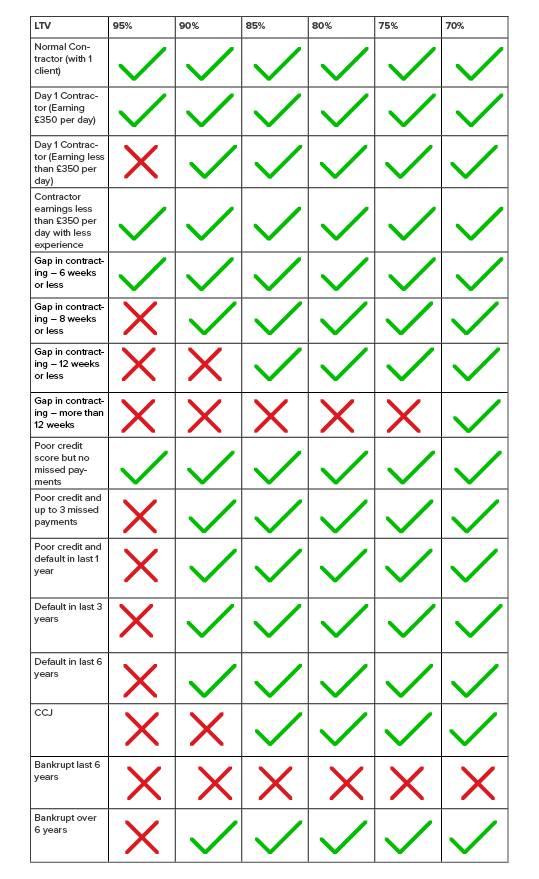June 6th, 2017
Many people in the UK dream of owning their own home and no longer having to pay to live under someone else’s roof.
In almost every case in order to buy your own home you have to take out a mortgage. However, a mortgage isn’t just any loan, it’s the largest loan most of us will ever take out.
With the average house price in the UK now in the region of £250,000 most people need to borrow hundreds of thousands to be able to afford a mortgage, and that’s the point where Loan to Value becomes an important issue.
For example, if you have a deposit of £50,000, you will need another £200,000 to be able to afford your £250,000 property. If your bank is prepared to offer you a mortgage the Loan to Value is the amount you borrow set against the value of the property.
Therefore, £200,000 on a £250,000 property works out at 80% Loan to Value, with your deposit covering the remaining 20%.
Loan to value ratios of 80% and lower are typically seen as low LTV ratios, whereas those over 90% would be considered high loan to value ratios.
High vs. low Loan to Value – what’s the difference?
A higher Loan to Value ratio increases the risk to the lender offering you the mortgage, and hence the higher your interest rate is likely to be, although many other factors including your credit score also impact this. Higher LTV ratios are often seen as more dangerous due to the high interest repayments and increased risk of defaulting on the loan.
Low LTV ratios represent a lower-risk for both borrowers and lenders, with lower interest repayments. Lower LTV ratios are usually more suitable for those with higher deposits or higher-risk borrowers, including people with a history of bad credit, who wouldn’t otherwise be offered a mortgage.
How to work out your Loan to Value.
To calculate your LTV all you need to do is divide the amount you are looking to borrow by the total value of the property you are looking to purchase and you will get your LTV.
What this means when applying for a mortgage?
If you have a high LTV (and therefore a small deposit), the mortgage rates available to you will be much less competitive. The larger your deposit (and the lower your LTV), the better your mortgage rate will be.
The very best mortgage rates are available to those with an LTV of around 60%, which means finding a deposit of 40%.
The simplest way to avoid a high LTV is to save as much as possible towards your deposit. The more money you put down, the lower the LTV will be, and the better the mortgage rate.
Another way to lower your LTV is to look at properties with a lower asking price as this reduces the size of your mortgage.
What are the issues that can affect a contractor’s ability to secure a mortgage?
As a contractor there are a number of issues that can impact your ability to secure a mortgage. These include:
- Any gaps in contracting – as a general rule of thumb the longer the gaps between contracts the bigger your deposit will need to be
- Missed payments
- Length and time of contract
- A poor credit score
- CCJ’s
- Bankruptcy
If you are new to contracting you are far less of a risk than an existing contractor who has a credit history or any gaps in contracting.

How Contractor Mortgages Made Easy can help.
If you would like to find out more about what Loan to Value means to you as a contractor or simply want more information about securing a contractor mortgage our Senior Mortgage Consultants have the expert knowledge to help you obtain the most competitive deal available from the whole of the current market.



